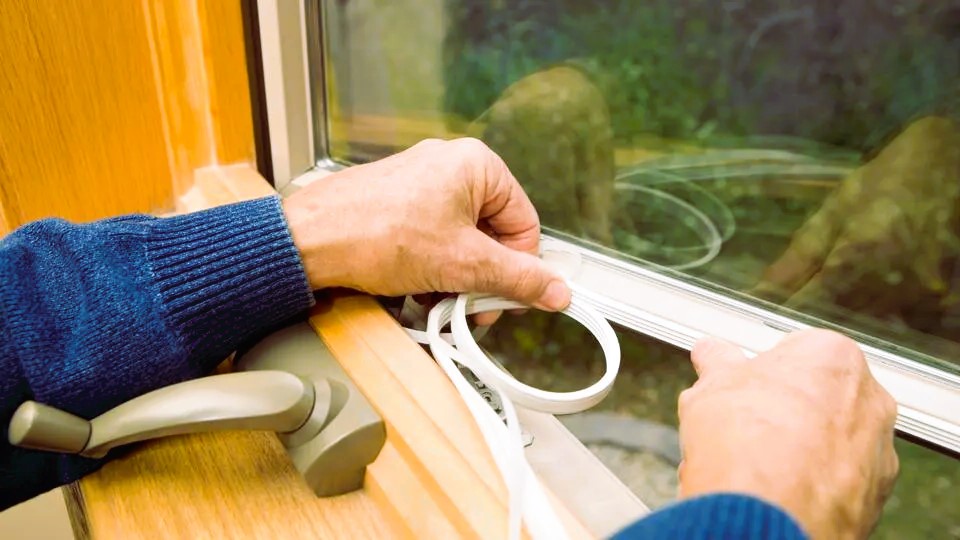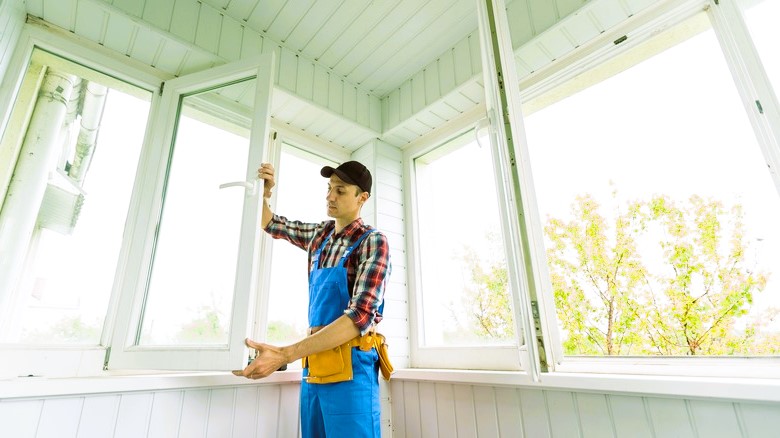
The Role of Windows in Home Insulation: A Complete Overview
Windows are often regarded as the eyes of a home, allowing natural light to flood in and offering views of the outside world. However, beyond their aesthetic appeal, windows play a crucial role in the insulation of a home. This comprehensive overview delves into the multifaceted aspects of how windows contribute to home insulation, exploring various factors and considerations that homeowners should be aware of.
Understanding Home Insulation:
Before delving into the specifics of windows, it’s essential to grasp the concept of home insulation. Insulation is the barrier that helps regulate the flow of heat between the interior and exterior of a home. Proper insulation is key to maintaining comfortable indoor temperatures, reducing energy consumption, and creating a more sustainable living environment.
The Impact of Windows on Home Insulation:

Windows significantly influence a home’s insulation levels due to their unique characteristics and functions. Here’s a detailed examination of the various ways in which windows contribute to insulation:
- Material Matters:
- Frame Material: The material of the window frame plays a pivotal role in insulation. Common materials include wood, vinyl, aluminum, and fiberglass. Each material has different thermal conductivity properties, affecting the overall insulation performance of the window.
- Glazing Options:
- Single, Double, or Triple Glazing: The number of glass layers in a window, known as glazing, directly impacts its insulation capabilities. Single-pane windows offer minimal insulation, while double and triple-pane windows provide enhanced thermal efficiency by trapping a layer of air or gas between the glass layers.
- Low-E Coatings:
- Reflective Technology: Low-emissivity (Low-E) coatings are thin, reflective layers applied to the glass surface. These coatings allow natural light to enter while minimizing heat transfer, contributing to improved insulation by reflecting infrared radiation.
- Gas Fills:
- Argon or Krypton Gas: In between the layers of glass in double or triple-pane windows, inert gases like argon or krypton can be filled. These gases have lower thermal conductivity than air, further enhancing the insulation properties of the window. Read about choosing the right exterior doors in our article.
- Window Seals and Weatherstripping:
- Preventing Air Leakage: Properly sealed windows and effective weatherstripping prevent drafts and air leakage. This is crucial for maintaining consistent indoor temperatures and minimizing energy loss.
- Solar Heat Gain:
- Striking a Balance: While windows allow sunlight into the home, excessive solar heat gain can strain cooling systems. Properly designed windows balance natural light with solar heat gain to optimize energy efficiency.
- Orientation and Placement:
- Harnessing Natural Heat: The orientation and placement of windows can be strategic for harnessing or blocking natural heat. South-facing windows capture more sunlight, contributing to passive solar heating, while well-placed shade elements can prevent overheating.
- Energy Star Ratings:
- Guidelines for Efficiency: Energy Star-rated windows meet specific energy efficiency guidelines set by authorities. Homeowners can refer to these ratings to choose windows that align with their insulation needs and environmental goals.
Selecting Windows for Optimal Insulation:

When selecting windows with insulation in mind, it’s essential to consider various factors:
- Climate Considerations: The climate of the region influences the insulation needs of a home. Cold climates may prioritize windows with high insulation values, while in warmer regions, a focus on minimizing solar heat gain might be crucial.
- Budgetary Constraints: While investing in high-performance windows can offer long-term energy savings, it’s essential to consider budget constraints. Prioritize features that align with both insulation needs and financial considerations.
- Aesthetic Preferences: The design and style of windows contribute to a home’s aesthetic appeal. Fortunately, advancements in window technology allow homeowners to achieve both insulation and visual preferences.
Staying Informed on Standards:
For those interested in understanding more about window standards and insulation guidelines, resources such as Wikipedia provide valuable insights. These platforms offer detailed information on window technologies, energy efficiency standards, and sustainable practices, empowering homeowners to make informed decisions.
In conclusion, the role of windows in home insulation is multifaceted and integral to creating a comfortable, energy-efficient living space. By considering factors such as material, glazing options, coatings, and overall design, homeowners can make informed choices that align with their insulation needs and contribute to a more sustainable and comfortable home environment. As technology and standards continue to evolve, staying informed is key to making choices that benefit both homeowners and the environment.
